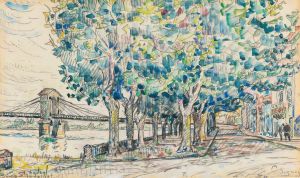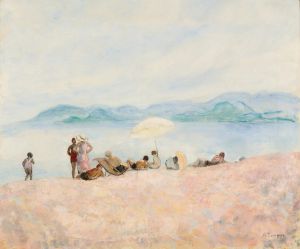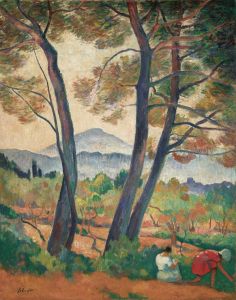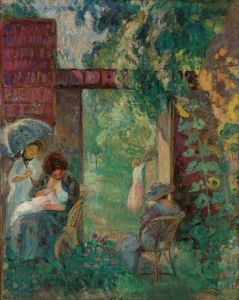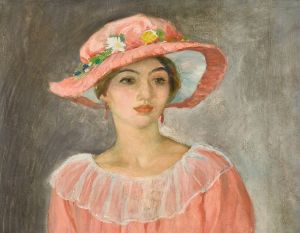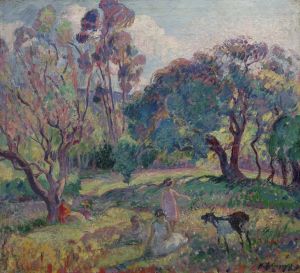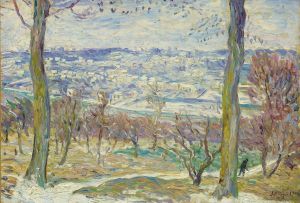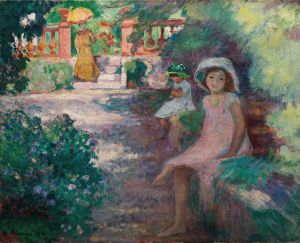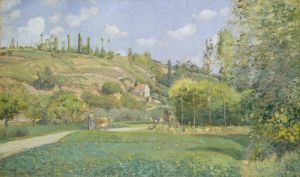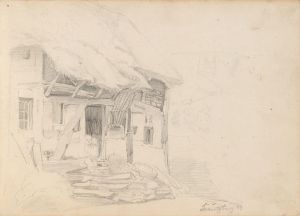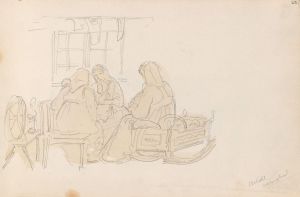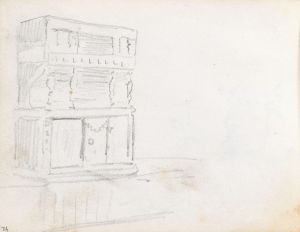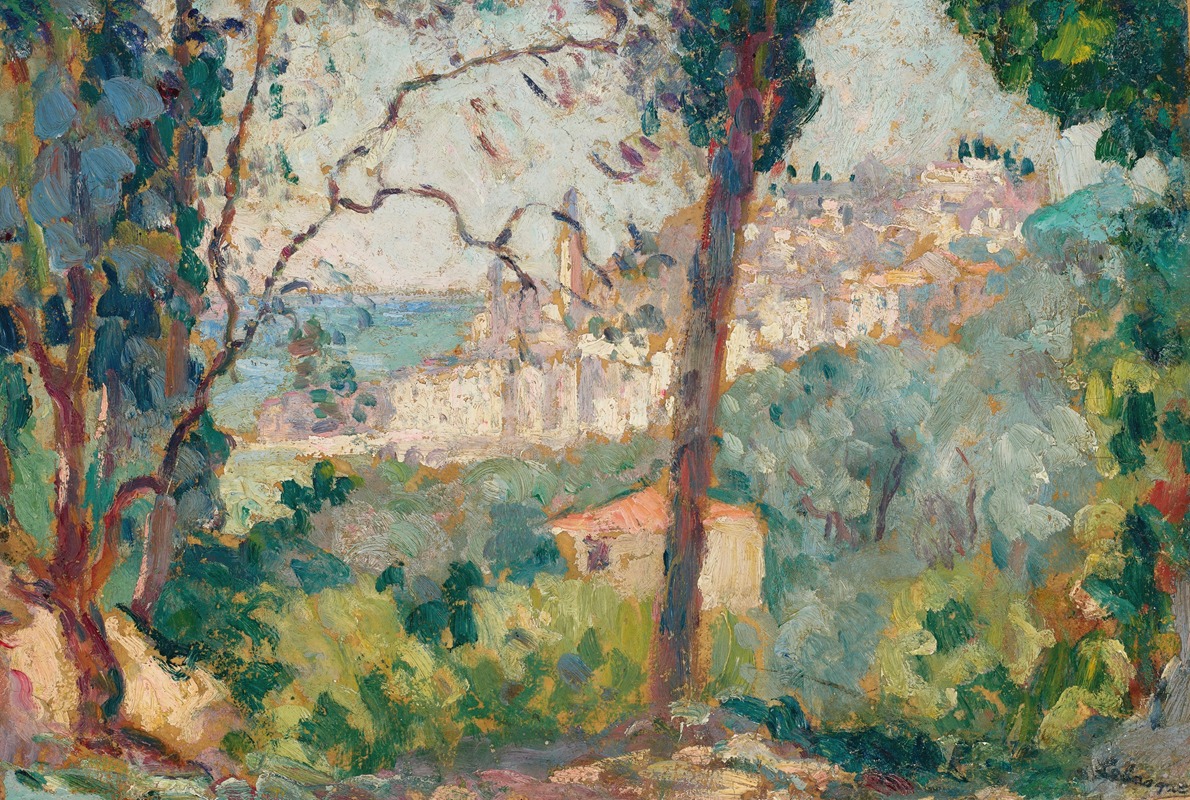
Le Village
A hand-painted replica of Henri Lebasque’s masterpiece Le Village, meticulously crafted by professional artists to capture the true essence of the original. Each piece is created with museum-quality canvas and rare mineral pigments, carefully painted by experienced artists with delicate brushstrokes and rich, layered colors to perfectly recreate the texture of the original artwork. Unlike machine-printed reproductions, this hand-painted version brings the painting to life, infused with the artist’s emotions and skill in every stroke. Whether for personal collection or home decoration, it instantly elevates the artistic atmosphere of any space.
Henri Lebasque was a French post-impressionist painter known for his use of color and light, often depicting serene and intimate scenes. His work, "Le Village," is one of the many paintings that showcase his distinctive style and artistic approach. However, specific information about the painting "Le Village" by Henri Lebasque is not widely documented in public records or art historical references.
Henri Lebasque was born on September 25, 1865, in Champigné, France. He studied at the École des Beaux-Arts in Paris and worked under the tutelage of Léon Bonnat. Lebasque was influenced by the Impressionists and later by the Fauves, which is evident in his vibrant use of color and light. Throughout his career, he exhibited with the Salon des Indépendants and the Salon d'Automne, where he became associated with artists like Henri Matisse and Pierre Bonnard.
Lebasque's work often focused on domestic scenes, landscapes, and portraits, capturing the essence of everyday life with a sense of warmth and intimacy. His paintings are characterized by a soft, harmonious palette and a keen attention to the effects of light. Lebasque's ability to convey a sense of tranquility and comfort in his work has made him a beloved figure in the world of post-impressionist art.
While specific details about "Le Village" are scarce, it can be inferred that the painting likely depicts a village scene, in line with Lebasque's interest in capturing the charm and simplicity of rural life. His village scenes often feature lush landscapes, quaint architecture, and figures engaged in leisurely activities, all rendered with his signature use of color and light.
Lebasque's work is held in high regard and can be found in numerous public and private collections worldwide. His paintings continue to be celebrated for their ability to evoke a sense of peace and contentment, offering viewers a glimpse into the serene beauty of everyday life.
Henri Lebasque passed away on August 7, 1937, in Le Cannet, France. His legacy endures through his contributions to the post-impressionist movement and his influence on subsequent generations of artists. Despite the limited information available about "Le Village," Lebasque's broader body of work remains an important part of art history, celebrated for its emotive use of color and light.
For those interested in exploring Lebasque's art further, it is recommended to visit museums and galleries that feature his work or to consult comprehensive art historical texts that discuss his contributions to the post-impressionist movement.





